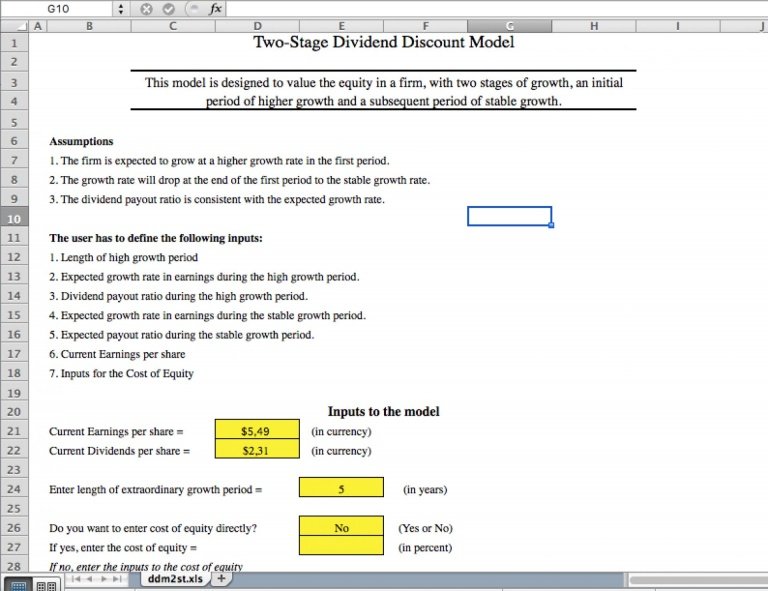
Forex risk management is complex. Leverage is a huge factor. Stop-loss adjustments also play a significant role. Important is trading during major economic developments. Forex risk management is about managing your emotions in volatile markets. The following guidelines will help you to stay within your risk levels. We will be covering several other aspects of Forex risk management in the next article. These are just a few of the topics covered in this article.
Leverage is an important component of forex risk management
Traders must ensure that they choose a level in leverage that is most comfortable for them. Limit leverage to 1:3 or less for balances smaller than 1:30. Higher leverage is possible for traders with more experience. If used properly, leverage can offer a great advantage. This type is risky and traders need to be aware. Leverage can be a common feature of forex trading but should be used with caution.
Forex trading employs high levels of leverage to increase both purchasing power as well as trading power. This can increase traders' profits but it also comes with some risks. Forex traders shouldn't leverage more than 30:1.

Stop-loss adjustments
Stop-loss adjustments are an essential part of managing forex risk. These adjustments are used to decide how much risk you will take on a trade and to set a risk/reward ratio. The most important thing for stop-loss placement success is market structure. The most popular methods are moving averages, Fibonacci Retracement, support and resistance levels and moving averages. These rules will allow you to increase or decrease the stop-loss amount while maintaining your trade position.
Los Angeles trader John Davidson initiates a position in Asia during the Asian session. He might be optimistic about volatility during the European or North American sessions but is cautious about risking too much equity. A 50-pip limit-loss is a good way to minimize risk without sacrificing too much equity. A key aspect of forex trading is the analysis of market data to determine risk management options.
Trading during major economic events
FX risk management should consider the impact of major market events. Events like the outbreak of the COVID virus and the U.S.-China trade war can cause enormous fluctuations in currency prices. Investors can find it difficult to protect their portfolios from major economic events, such as the COVID-19 epidemic. Businesses need to be careful when managing FX risk in major events.
First, assess the risk of FX in your business. The finance department needs to drill down into individual exposures and collect granular data. FX derivatives may be an option for a manufacturer who is planning to invest in capital equipment. A detailed analysis of the business operations cycle can also help to identify the sensitivity profit margins are to fluctuations in foreign exchange markets. A company can evaluate their cash flow forecasts in order to better determine whether it needs FX protection.

In a volatile market, keep cool
Investors are stressing about whether to sell their stock, or stay with their strategy because of the recent volatility in markets. You might be debating whether to take it all on your own, buy something else, or just keep your head down. Many investors are vulnerable when trying to make a decision. How do you keep calm in volatile markets? Here are some tips for staying calm in a volatile environment.
First, keep a long-term perspective. Market volatility is inevitable, making it hard to accurately time it. Although there's no certain way to predict market movements, it's important to be long-sighted and to remain rational. Multi-asset strategies can be used to reduce risk and keep calm in all circumstances. You could lose your money if you don't see the long-term.
FAQ
What is an REIT?
A real-estate investment trust (REIT), a company that owns income-producing assets such as shopping centers, office buildings and hotels, industrial parks, and other buildings is called a REIT. These publicly traded companies pay dividends rather than paying corporate taxes.
They are similar to corporations, except that they don't own goods or property.
Why is a stock called security?
Security is an investment instrument whose worth depends on another company. It can be issued by a corporation (e.g. shares), government (e.g. bonds), or another entity (e.g. preferred stocks). The issuer promises to pay dividends and repay debt obligations to creditors. Investors may also be entitled to capital return if the value of the underlying asset falls.
What is the difference between the securities market and the stock market?
The securities market refers to the entire set of companies listed on an exchange for trading shares. This includes stocks, options, futures, and other financial instruments. Stock markets are generally divided into two main categories: primary market and secondary. The NYSE (New York Stock Exchange), and NASDAQ (National Association of Securities Dealers Automated Quotations) are examples of large stock markets. Secondary stock market are smaller exchanges that allow private investors to trade. These include OTC Bulletin Board Over-the-Counter (Pink Sheets) and Nasdaq ShortCap Market.
Stock markets are important because they provide a place where people can buy and sell shares of businesses. The value of shares is determined by their trading price. When a company goes public, it issues new shares to the general public. Dividends are paid to investors who buy these shares. Dividends refer to payments made by corporations for shareholders.
Stock markets serve not only as a place for buyers or sellers but also as a tool for corporate governance. Boards of Directors are elected by shareholders and oversee management. Boards ensure that managers use ethical business practices. In the event that a board fails to carry out this function, government may intervene and replace the board.
Statistics
- For instance, an individual or entity that owns 100,000 shares of a company with one million outstanding shares would have a 10% ownership stake. (investopedia.com)
- "If all of your money's in one stock, you could potentially lose 50% of it overnight," Moore says. (nerdwallet.com)
- Even if you find talent for trading stocks, allocating more than 10% of your portfolio to an individual stock can expose your savings to too much volatility. (nerdwallet.com)
- US resident who opens a new IBKR Pro individual or joint account receives a 0.25% rate reduction on margin loans. (nerdwallet.com)
External Links
How To
How to Trade in Stock Market
Stock trading is a process of buying and selling stocks, bonds, commodities, currencies, derivatives, etc. Trading is a French word that means "buys and sells". Traders buy and sell securities in order to make money through the difference between what they pay and what they receive. It is one of the oldest forms of financial investment.
There are many ways you can invest in the stock exchange. There are three basic types: active, passive and hybrid. Passive investors are passive investors and watch their investments grow. Actively traded investor look for profitable companies and try to profit from them. Hybrid investor combine these two approaches.
Index funds that track broad indexes such as the Dow Jones Industrial Average or S&P 500 are passive investments. This method is popular as it offers diversification and minimizes risk. You can simply relax and let the investments work for yourself.
Active investing is the act of picking companies to invest in and then analyzing their performance. Active investors look at earnings growth, return-on-equity, debt ratios P/E ratios cash flow, book price, dividend payout, management team, history of share prices, etc. They then decide whether they will buy shares or not. They will purchase shares if they believe the company is undervalued and wait for the price to rise. On the other side, if the company is valued too high, they will wait until it drops before buying shares.
Hybrid investments combine elements of both passive as active investing. One example is that you may want to select a fund which tracks many stocks, but you also want the option to choose from several companies. You would then put a portion of your portfolio in a passively managed fund, and another part in a group of actively managed funds.